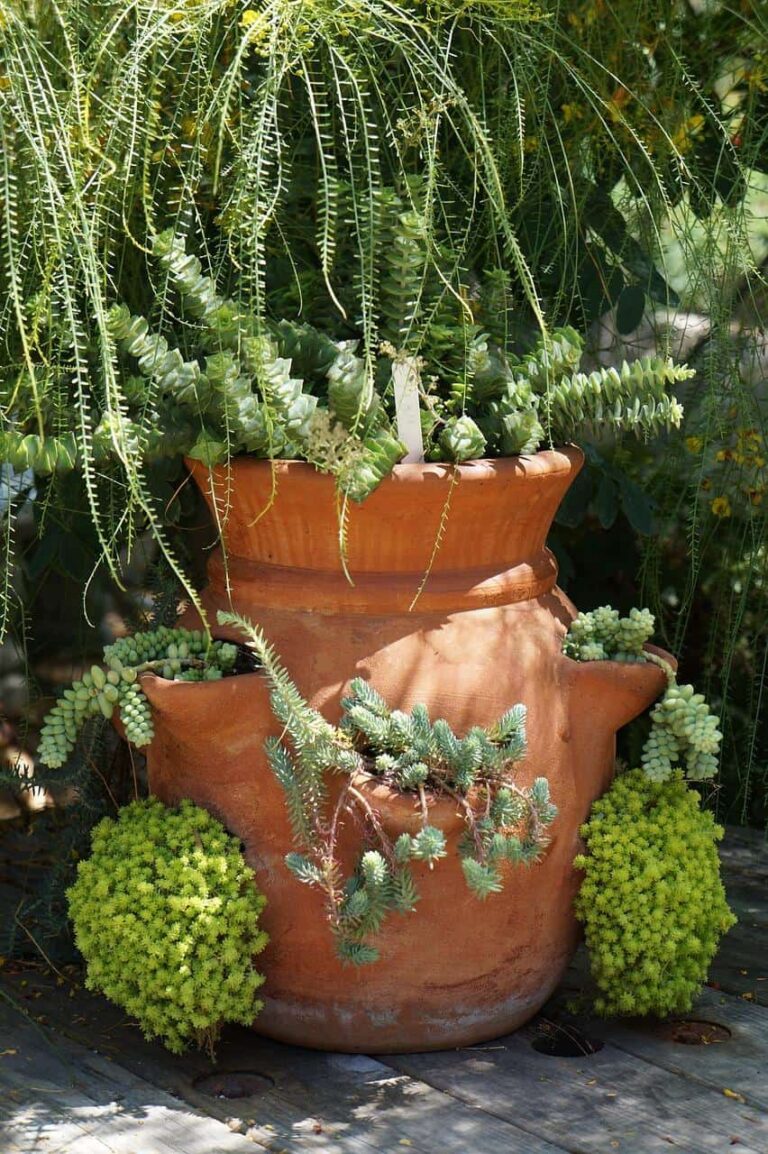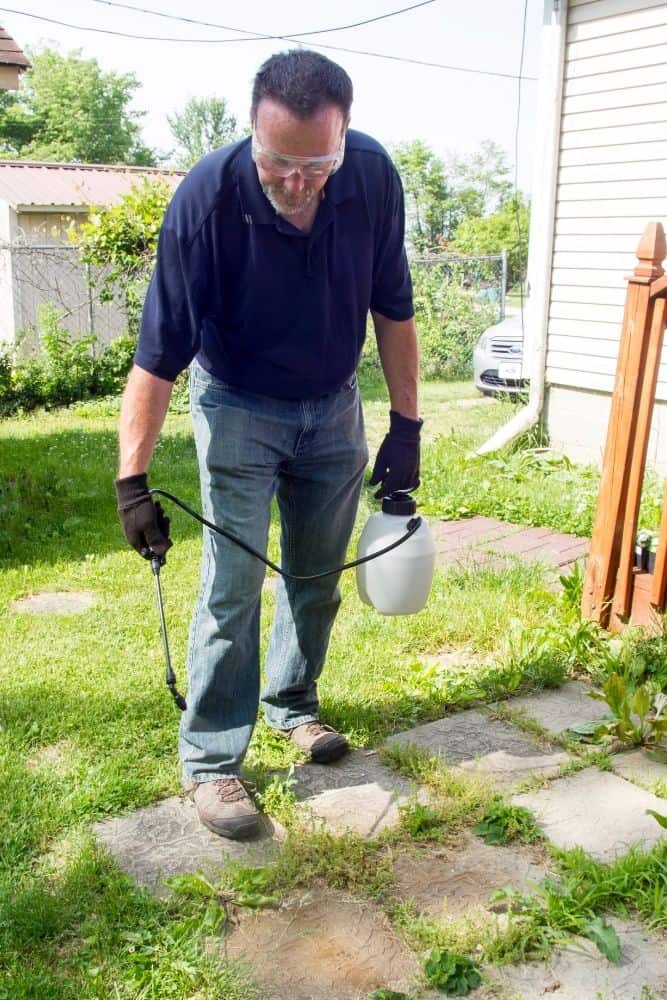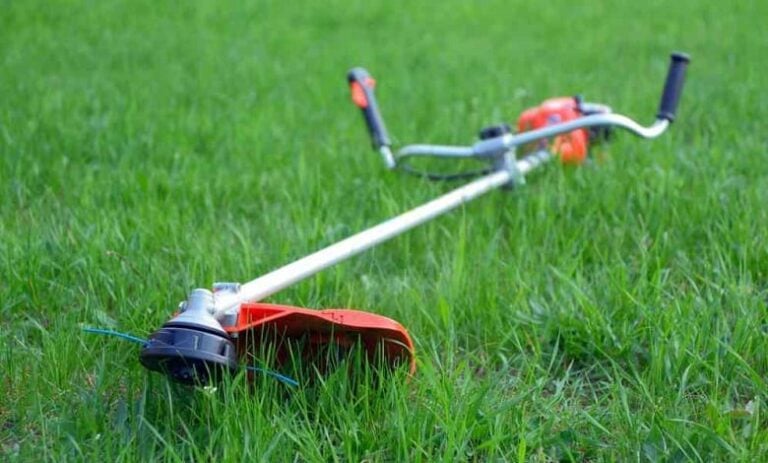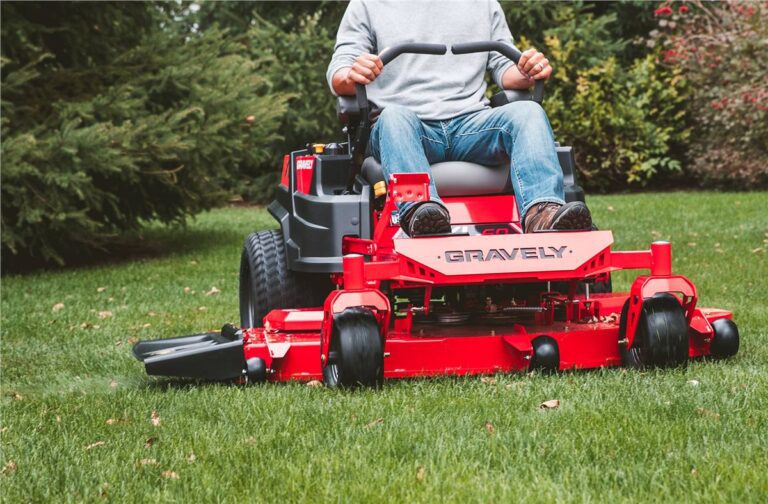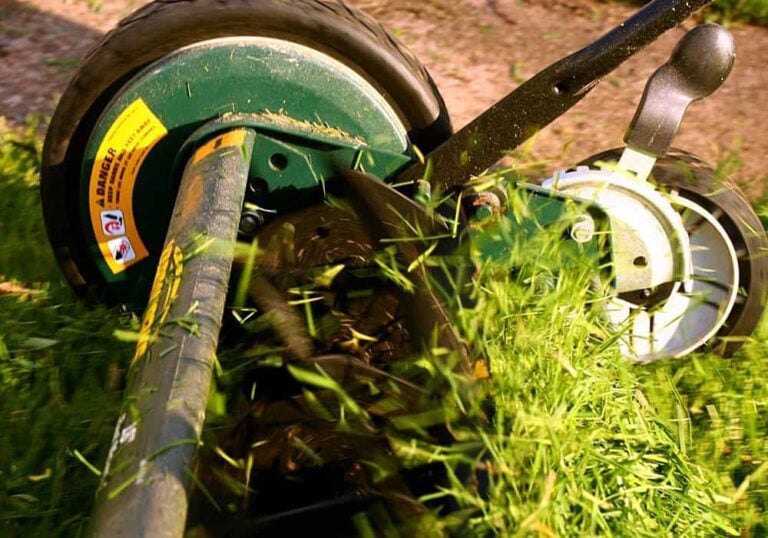Keep Your Garden Cool with the Best Shade Trees
Our recommendations for the best shade trees are the Red Maple Tree and the Bald Cypress Tree. Our choices are suitable for a wide range of hardiness zones. That factor alone makes them good all-around picks. But several other things come into play when choosing a shade tree. Read on for our picks as well as tips and advice to guide your choice of a shade tree.
Our Top Picks for the Best Shade Trees
[wptb id="8232" not found ]How to Choose a Shade Tree
The thing to remember with picking a tree—any tree—is that it is a commitment. Trees live longer. And if it doesn’t work out, it’s harder to correct down the road. Therefore, the first rule for choosing a shade tree is to do your research. You should know what a mature tree looks like rather than the young ones you see at the garden center for a true picture.
Size and Spread
Look at pictures of trees you’re considering so you know how big they may get and how they look. Size and spread are important for you to know. Generally, you should plant shade trees southwest of the site that you want to protect from the sun. So, begin with assessing what space limitations you have both in width and height if power lines are an issue.
You should plant a shade tree at least 25 feet from your house. Doing this will give it enough room to grow without getting too close to your roof. Remember, branches will break, and leaves will fall. A tree too close to the house is more work for you in maintenance. It also increases the risk of root growth interfering with pipes and cables underground.
Get in the Zone
You can begin your search with your plant hardiness zone. This figure is the lowest temperature for your area. Plants rated to a particular zone will survive in temperatures that get down to this extreme. For example, a tree rated to Zone 3 will handle a frigid Minnesota winter a lot better than one for Zone 8. Use hardiness zones as a guide as well as other factors.
Local Conditions
While the hardiness zone is a good start, it’s not foolproof. That’s why you need to consider your local conditions as well. If you live in an urban area, chances are the temperatures are warmer than the surrounding area. Likewise, if you’re in the country, your location may be windier, and thus, might be drier.
You should also consider other things that your shade tree will have to endure. Road salt, surface runoff, and air pollutants can take a heavy toll on trees. If this sounds like your situation, you may want to look into a Norway maple or magnolia tree as a possibility. These trees can handle the extra stress of these conditions better than others.
Soil Properties
Soils will also impact how well a particular shade tree might fare. A tree that prefers sandy soils might not thrive in areas with heavy, clay soils. The same applies to other properties like acidity and fertility. That’s where knowing the specifics of your site can help.
You might find it useful to test your soil to learn things such as its pH and nutrient levels. This information will help you prepare your site for your new shade tree. You may find that you’ll need to amend your soil before you can plant a tree. It’s best to know this information up front especially if it could sway your choice of a shade tree.
This video from Penn State Extension walks you through the process of doing a soil test.
Growth Pattern
You should consider how quickly you want your tree to grow. Some trees grow faster than others but tend to less long-lived than slower growing trees like some oaks. It’s a tradeoff. If you want shade fast, you might want to look into willows or birches as an option instead. The growth pattern is one of the several other factors you should consider.
Maintenance
Some trees may be more susceptible to damage than others. It’s something to think about when it comes to maintenance. Trees like willows will lose branches frequently. If you live in a windy area, you might want to consider a different tree that can handle the punishment. Even a windy site such a hill or unbroken plain may experience drier conditions.
Also, think about any seeds or fruit that a tree may produce. A black walnut tree, for example, will yield a wealth of nuts in the fall. That will mean extra work cleaning up after they fall. Producing nuts is nutrient-expensive for trees. You may find that you have to fertilize these nut-bearing trees more frequently to keep them looking their best.
Seed production can also have unintended consequences. Even if your tree only produces nuts every other year, word gets out. It can encourage a squirrel problem down the road. The same caution applies to fruit-bearing trees. A reliable food source like your shade tree can attract deer and other pests. Then, your maintenance takes on a whole new challenge.
Appearance
While shade is your primary concern, it pays to consider other factors. Year-round appearance, for example, is another thing to put on the table. Looks is where your research comes in again. Think about what your tree will look like at other times of the year. That is especially important if you’re planting a tree in the front yard. Your shade tree can act as a feature even in the winter.
Our Recommendations: Red Maple Tree and Bald Cypress Tree
Our main criteria included a broad range of hardiness zones. We also considered adaptability to a variety of environmental conditions. The stunning fall colors of maples certainly factored into our choice as well. We also weighed in on how easy it is to grow different trees. Fussy trees are not the best pick. We prefer trees that can adapt to a wide array of soil types and properties.
The Red Maple Tree checked off all our boxes for an easy-to-grow tree that can live in a variety of conditions. We also liked the sheer beauty of this tree with its gorgeous red color. Its 60-foot height and 40-foot spread will provide plenty of shade in the right location. As a rule, maples are easy to grow, another plus in our book. It can thrive in a variety of soil conditions.
The Bald Cypress Tree impressed us with its adaptability and low maintenance. We liked its vibrant green color in the summer and its subdued fall orange color. Its 75-foot height and 30-foot spread also offer a generous amount of shade. The fact that it can live in Zones 4-10 is another point in its favor. It adapts to sandy, clay, or loam soils. It is an excellent choice for wet places.
Picking the right shade tree is an important choice. It means taking into account the many things that can affect its suitability for a site. That includes size, spread, and local environmental factors. Low maintenance and adaptability to a broad spectrum of environmental conditions ranked high on our list. Both trees offer suitable choices for the best shade trees.

